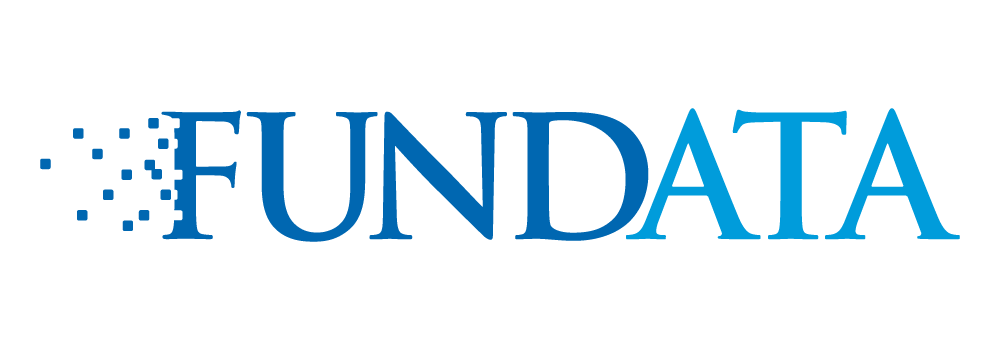Energy equity ETFs outperform
Beginning in January 2022, the bear market that followed marked the worst decline in stock markets since the start of the pandemic in February 2020. While the market quickly recovered in 2020, this bear market would continue throughout most of the year before finally abating in mid-October. During this period, the S&P/TSX Composite Index fell 14.4%, the S&P 500 Composite Index fell 23.9%, and the NASDAQ Composite fell 32.4%. That put the U.S. indexes firmly in bear market territory, while the S&P/TSX Composite escaped with a less severe correction.
The indexes have since recovered some of those losses, sitting at -3.7%, -10.2%, and -17.3% as of May 31, 2023, respectively. However, they are still far from fully recovering all the lost ground. This highlights the damage to both portfolio returns and investor timeframes a drawdown of this magnitude creates. It may not have been possible to avoid this bear market entirely (unless you happen to be Mike Wilson, the CIO of Morgan Stanley), but as we will see, effective diversification through Energy Equity ETFs would have mitigated the worst of the impact.
Energy at the forefront
The 2021 recovery in oil prices positioned energy equities for a strong start in 2022. Ninepoint Partners, the manager of the top-performing Energy Equity ETF, Ninepoint Energy Fund ETF (NEO: NNRG), attributes the energy sector’s performance to a combination of macro factors that increased demand while supply-side issues limited availability. They note, “in 2022, the macro environment for oil and gas was robust and was a continuation of recovery in prices from 2021.” They also highlight that “on the supply side, global spare capacity for oil should remain constrained,” resulting from OPEC+ production cuts, capacity limits, and limited expected growth in U.S. shale production.
Investors who were following the trend in 2021 would have been well positioned to take advantage of it in 2022. Energy Equity would prove to be the best-performing sector in the bear market, to the extent that even a small allocation would have a large impact on performance and drawdowns. While growth has slowed in the months since the bear market ended, these funds have still managed to top the performance charts through May 31, 2023.
The accompanying table shows the performance of the top Energy Equity ETFs compared with three major stock indexes. In particular, the Calmar ratio is useful for summarizing risk-adjusted performance during periods with significant drawdowns. The Calmar ratio divides a fund’s annualized performance by its maximum drawdown over the same period. It is typically used to measure hedge fund performance, where past performance peaks are more relevant, as they are used in the calculation of performance fees. A higher Calmar is better, indicating better performance, a smaller drawdown, or both.
Risk-adjusted performance amid market turbulence
The high Calmar ratio for the Energy Equity ETFs tells the story. These funds experienced relatively minor drawdowns with much higher performance through the 17 months ending May 31. This resulted in Calmar ratios from 1.47 to 1.84. In contrast, the major indexes, with distinctly negative Calmar ratios, do not even come close to the risk-adjusted performance of the Energy Equity ETFs.
Although they were an excellent offset to the 2022 market decline, Energy Equity ETFs are not without risk. In fact, they are all rated as high-risk investments due to their volatility. In other market conditions, they can experience major drawdowns themselves – sometimes reaching as high as -90%.
This demonstrates that a well-constructed and frequently monitored portfolio is essential to long-term investing success in all market conditions. ETFs simplify the portfolio construction and maintenance process. Trading on public exchanges means that investors can easily add to or trim positions, and the wide range of funds spans nearly every asset type and market across the world.
© 2023 by Fundata Canada Inc. John Krisko, CFA, BBA, is Manager, Analytics & Data at Fundata Canada Inc. and is Vice Chair of the Canadian Investment Funds Standards Committee (CIFSC). This information is not intended to provide specific personalized advice including, without limitation, investment, financial, legal, accounting or tax advice. No guarantee of performance is made or implied.

